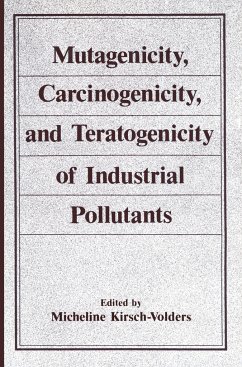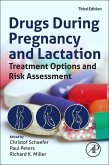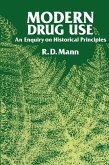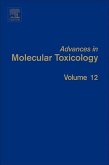This book is intended for anyone who cares about the health of people exposed to industrial pollutants. Attention is given to those pollutants which present a possible risk to the genetic material of exposed workers. Chapters are devoted to heavy metals such as arsenic, beryllium, cadmium, chromium, lead, mercury, nickel, etc.; insecticides (chlorinated, organophosphorus, and carbonate insecticides); monomers such as vinyl-chloride, acrylonitrile, styrene, vinylidene chloride, butadiene, chlorobutadiene, hexachlorobuta diene, etc.; and halogenated hydrocarbon solvents such as chloroform, carbon tetrachloride, trichloroethylene, I, 2-dichloroethane, tetrachloroethyl ene, dichloromethane, and I, I, I-trichloroethane. The main aim of this work is to provide the physician, the biologist, the pharmacologist, or anyone involved in genetic toxicology with a useful compendium of up-to-date information and references. Efforts are made to open the field to nonspecialists. An introductory chapter deals with the mechanisms whereby a given compound, reaching genetic material, either directly or indirectly, may increase the risk of a cancer developing in the exposed individual and of abnormalities being passed on to his or her progeny. Efforts are also made to allow easy and efficient reading for those who are not interested in detailed results. Comparative tables provide the following data on the compounds studied: chemical properties, production, occurrence, accepted standards in the industry, and positive or negative results with different test systems. Finally, senior research workers might find good descriptions in this book of the most recent results from mutagenesis and carcinogenesis testing in plant, nonmammalian, and mammalian systems.








